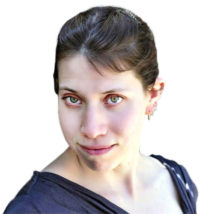
Bethany Brookshire was a longtime staff writer at Science News Explores and is the author of the book Pests: How Humans Create Animal Villains. She has a B.S. in biology and a B.A. in philosophy from The College of William and Mary, and a Ph.D. in physiology and pharmacology from Wake Forest University School of Medicine. She was a 2019-2020 Knight Science Journalism Fellow at MIT, the winner of the Society for Neuroscience Next Generation Award and the Three Quarks Daily Science Writing Award, among others.

All Stories by Bethany Brookshire
-
 Health & Medicine
Health & MedicineLet’s learn about exercise
Our bodies — from our muscles to our brains — love a good workout. Scientists are always learning new things about exercise.
-
 Fossils
FossilsScientists Say: Dinosaur
Dinosaurs emerged between 243 and 233 million years ago. While some died out 66 million years ago, others are still with us — birds.
-
 Physics
PhysicsGetting cozy with a science experiment
Items you use in your home can inspire a scientific experiment.
-
 Health & Medicine
Health & MedicineScientists Say: Placebo
In clinical trials, scientists often test a drug or procedure against a placebo — a treatment that has no effect — to find out how well their new treatment works.
-
 Animals
AnimalsScience and Indigenous history team up to help spirit bears
When scientists and Indigenous people work together, their efforts can benefit bears and people.
-
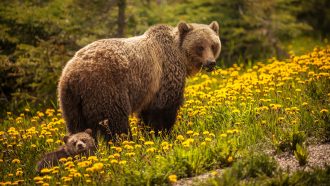 Animals
AnimalsExplainer: Black bear or brown bear?
If you see a bear, check size, shape and more to find out what type it is.
-
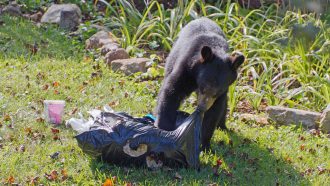 Animals
AnimalsChanging people’s behavior can make bear life better
Black bears don’t always live life on the wild side. More and more, they live near people. Here’s how people and bears can get along.
-
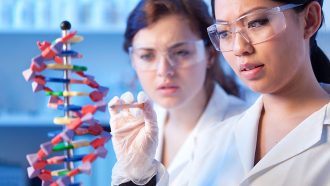 Genetics
GeneticsLet’s learn about DNA
DNA is made of two chemical chains twisted around each other. It stores information that allows cells to grow and function.
-
 Physics
PhysicsScientists Say: Acceleration
Acceleration is a change in velocity. That could mean a change in speed or in direction.
-
 Physics
PhysicsScientists Say: Radiation
Radiation is the motion of energy through space as waves or particles.
-
 Physics
PhysicsLet’s learn about light
Light is a form of energy that moves in waves. Some light comes in waves we can see. Other waves are invisible to us — but still affect our world.
-
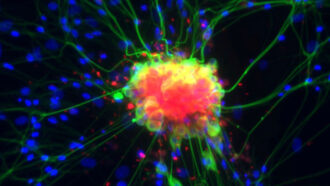 Brain
BrainScientists Say: Neuron
Neurons are the foundational cells in the nervous system. They pass along and process information using electrical signals.